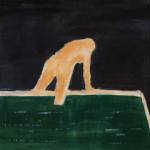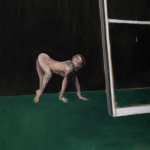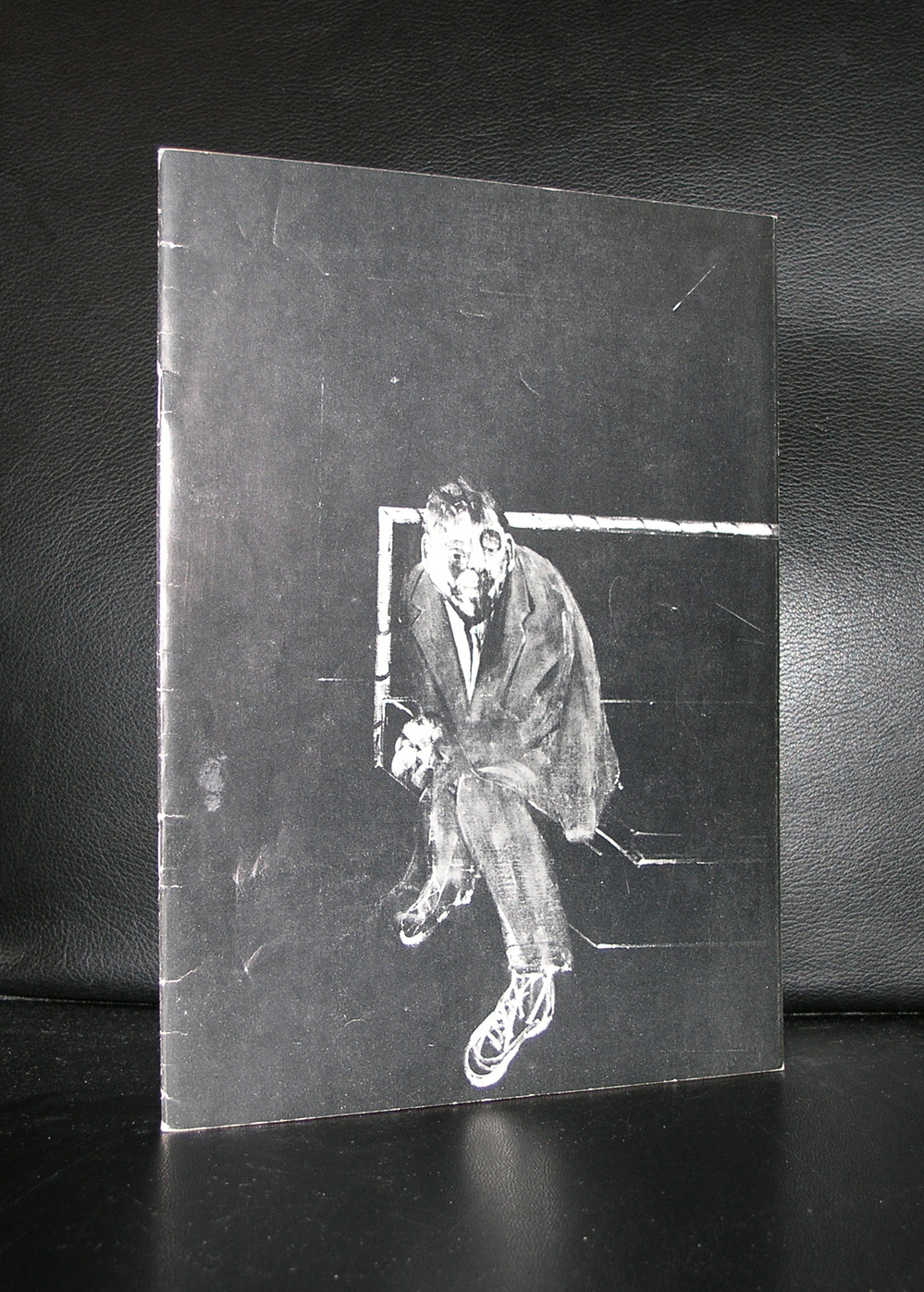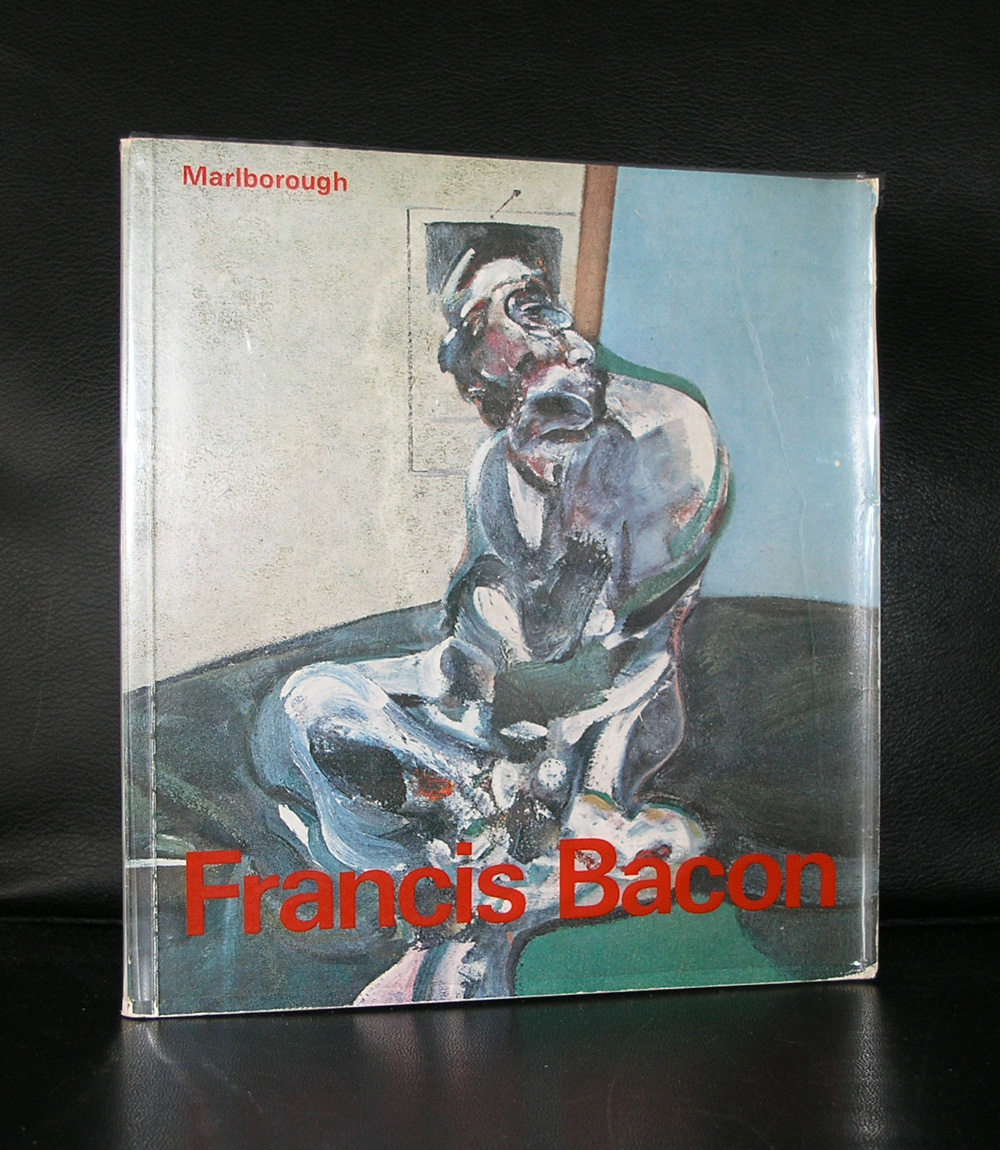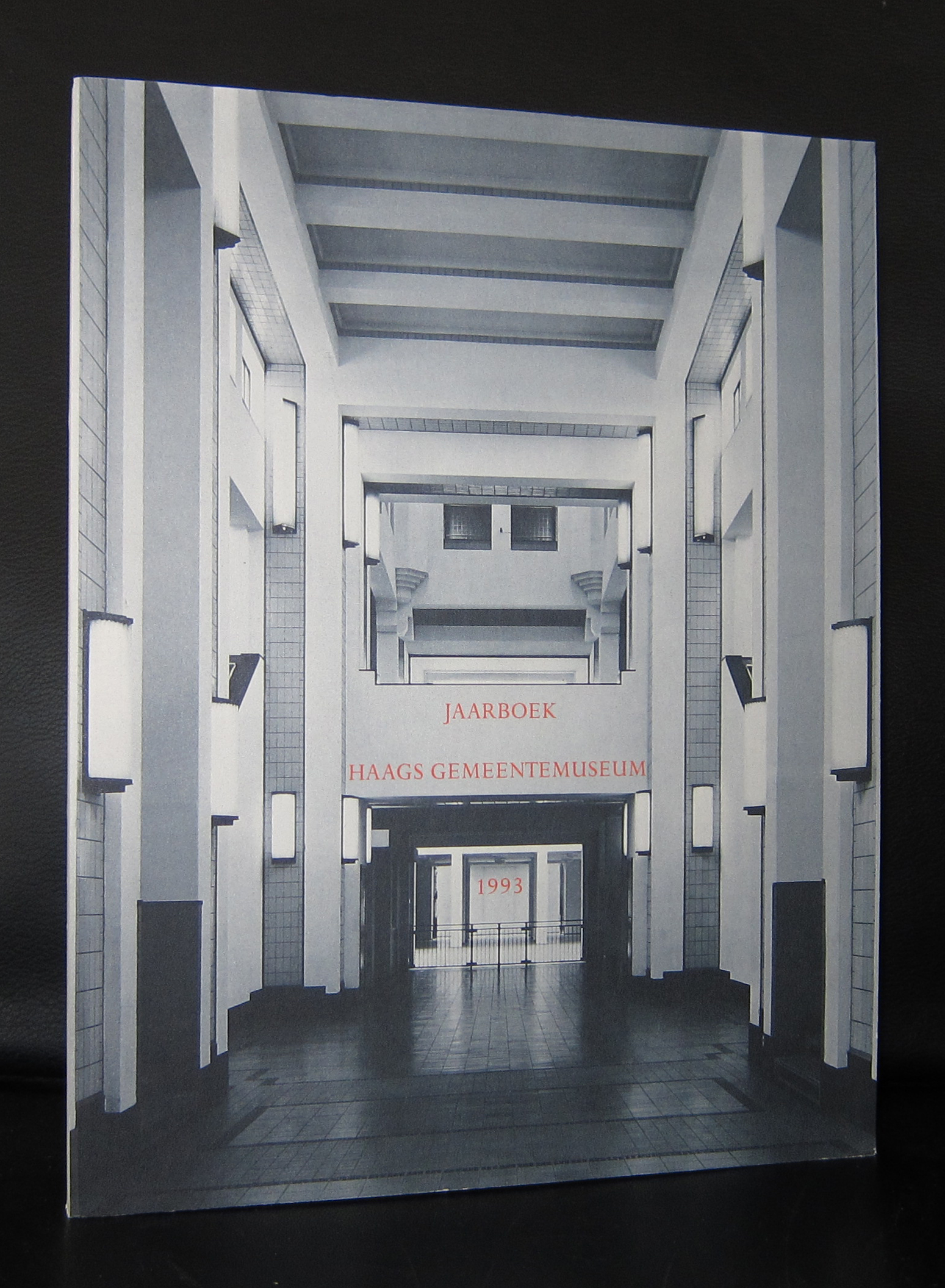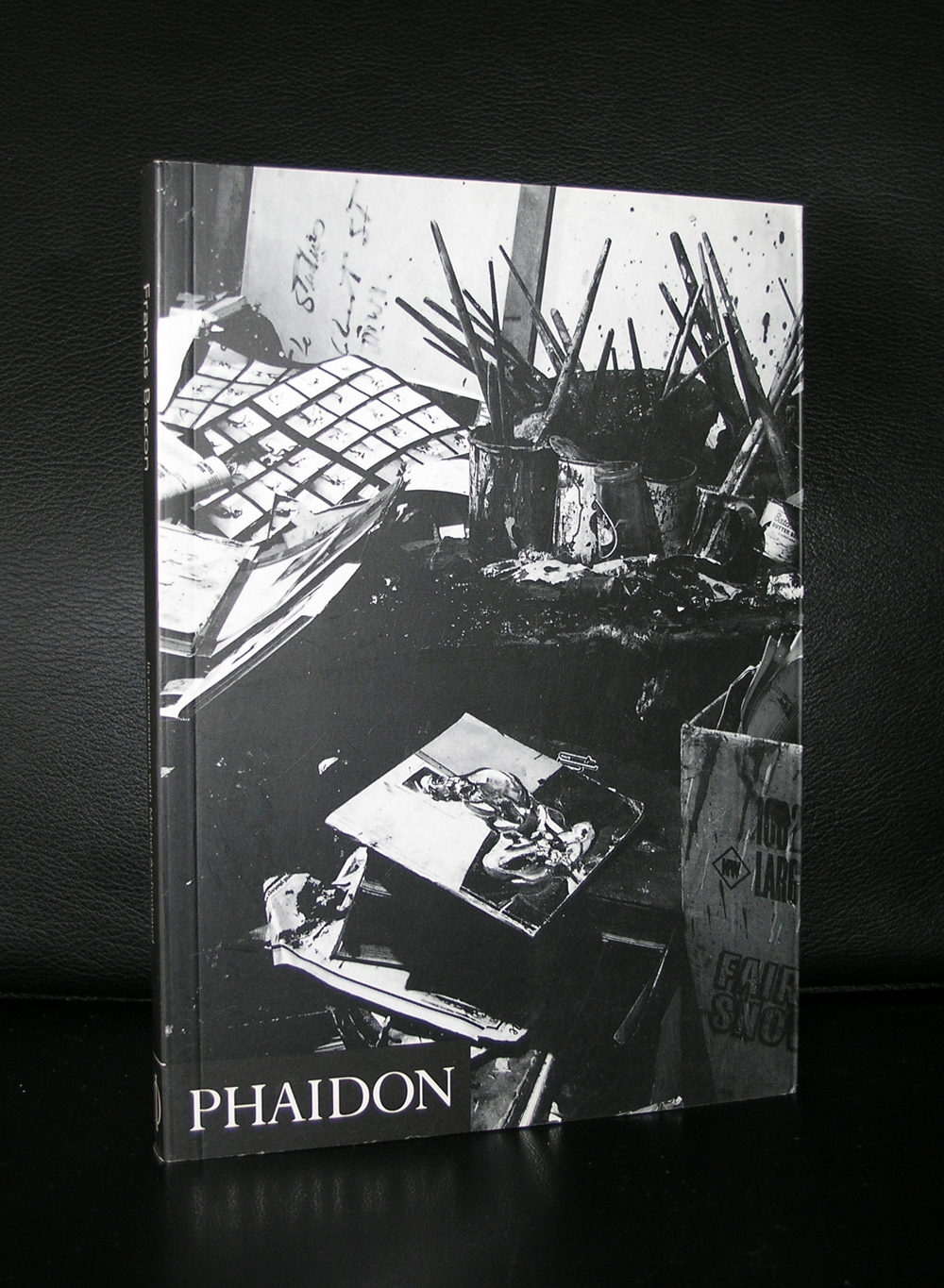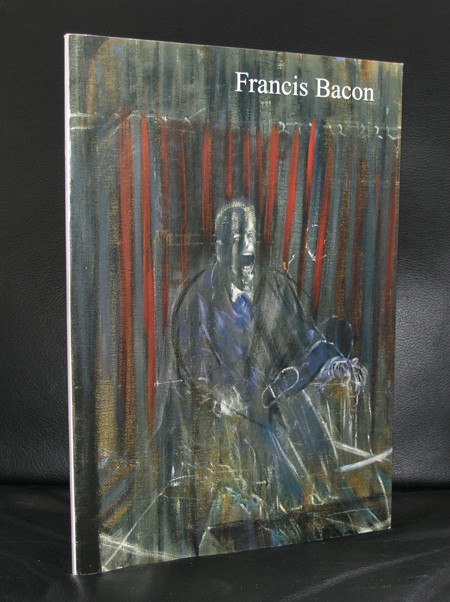
For me Barrie Cooke stands for the excellent taste Rudi Fuchs has in art and the beautiful designed catalogue Gracia Lebbink made for the Cooke exhibition in the Gemeentemuseum Den Haag in 1992. I can not remember if Cooke was present at the opening, but i still remember the first impression his paintings made on me when i first saw them in the exhibition rooms in the Gemeentemuseun. These paintings were personal and overwhelming and reminded me of the ones Francis Bacon made.
left Cooke and right Bacon
At that time Fuchs had become very interested in Irish art and presented Cooke shortly after he had had an exhibition with works by Jack B. Yeats
An artists’ artist, he won enormous respect from his peers over several generations for his utter commitment and the integrity of his vision. He was a passionate fisherman and the natural world was always at the heart of his work. His figure paintings and portraits are also exceptional.
His paintings are cherished for their dynamic, immediate, visceral connection with their subject matter. Early training at Skowhegan in the US and at Oskar Kokoschka’s School of Vision in Salzburg helped to shape the urgent vitality of his pictorial approach – a vitality reflected in the artist’s personality.
Having grown up in Bermuda and studied in the US, he went to England in 1954 to revisit his roots but found little to engage him. So he took a ferry to Ireland and, he said, felt at home even as he walked down the gangplank.
Irish life
He settled in rural Co Clare where he and his first wife, Harriet Cooke, lived in some poverty. Later he moved to Thomastown, Co Kilkenny, with ceramic artist Sonja Landweer, who introduced him to Rudolf Steiner’s ideas on natural processes. His next move was to a remote house overlooking Lough Arrow in Co Sligo.
The Barrie Cooke Gemeentemuseum catalogue designed by Gracia Lebbink is available at www.ftn-books.com

